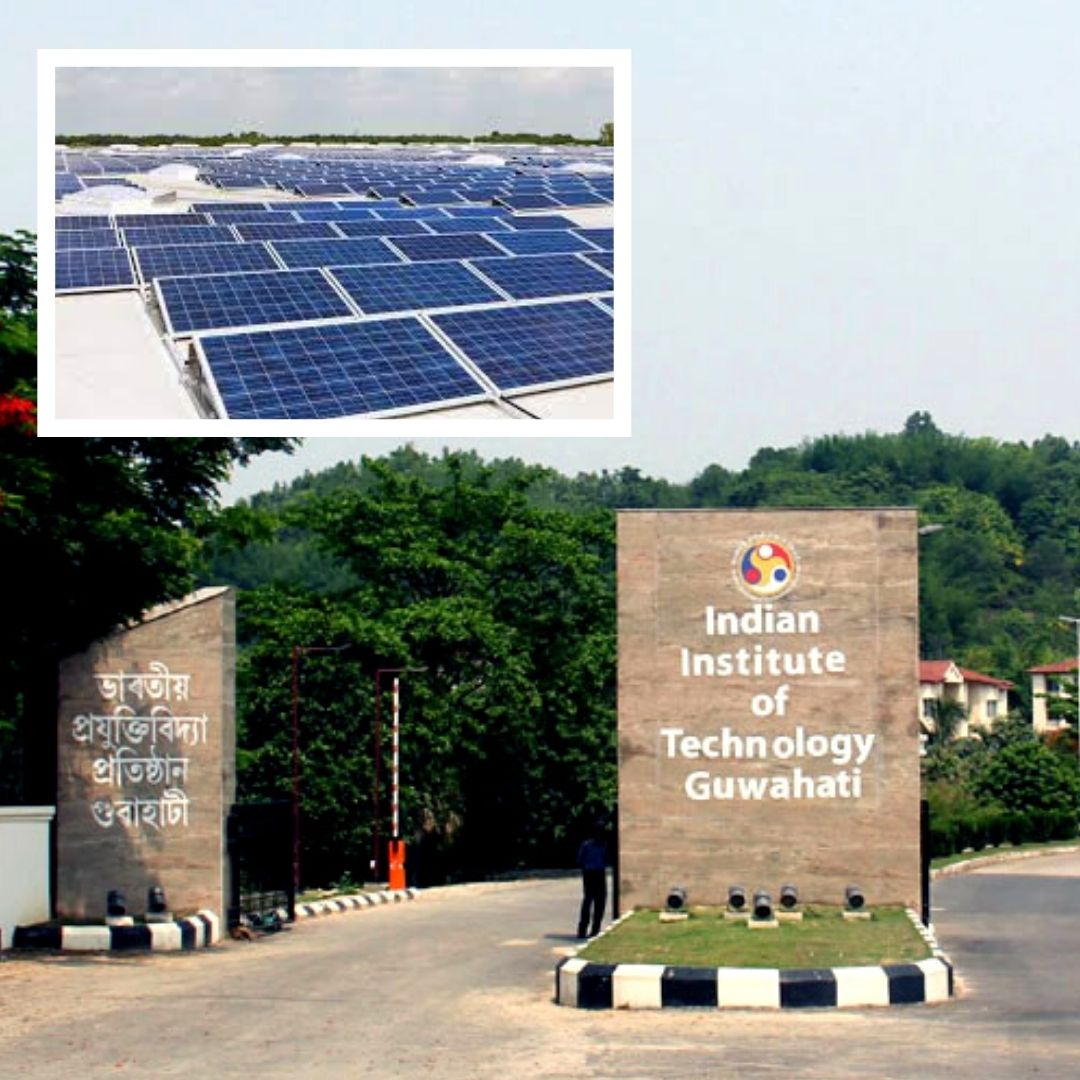
Credits: Wikimedia, IIT Guwahati
IIT Guwahati Develops Recyclable, Cost-Effective Solar Cells With Over 20% Efficiency
Writer: Devyani Madaik
A media enthusiast, Devyani believes in learning on the job and there is nothing off limits when it comes to work. Writing is her passion and she is always ready for a debate as well.
Assam, 31 Dec 2021 11:29 AM GMT
Editor : Palak Agrawal |
Palak a journalism graduate believes in simplifying the complicated and writing about the extraordinary lives of ordinary people. She calls herself a " hodophile" or in layman words- a person who loves to travel.
Creatives : Devyani Madaik
A media enthusiast, Devyani believes in learning on the job and there is nothing off limits when it comes to work. Writing is her passion and she is always ready for a debate as well.
The researchers said that the perovskite-based panels have heavily used semiconductor materials as they are affordable and easy to manufacture. But the substance also requires high-temperature processing, which further makes recycling a task. Therefore, they have come up with a solution that would fix the instability.
Researchers of the Indian Institute of Technology (IIT) Guwahati have developed a device to stabilise perovskite-based solar panels (photovoltaic) and make them more recyclable, efficient, and cost-friendly to produce electricity.
As of now, the newly developed version is still in prototype form.
The head of the research was Mr Parameswar K Iyer of IIT's Chemistry Department and Centre for Nanotechnology and School for Health Science and Technology. The study was published in the American Chemical Society journal Chemistry of Materials.
How does IIT's Device Will Help Stabilise Photovoltaic Panels?
The researchers said that the perovskite-based panels are considered to be of a high standard due to their affordability, ease to manufacture, and the availability of the material used to make the devices.
But the panels have heavily used semiconductor materials as they are affordable and easy to manufacture. Making the substance also requires high-temperature processing, which further makes recycling a task. These panels are efficient in manufacturing and recycling but are unstable towards humidity and oxygen conditions and restrict commercialisation.
But the researchers have used charged conjugated polymers incorporated in these devices as a passivation molecule, managed to fix the instability get defect-free high-quality solar cell devices, Down To Earth reported.
According to the research team, developing large-scale perovskite solar cells requires high-quality defect-free perovskite films with improved surface coverage. One of the most convenient ways to achieve this is by incorporating appropriate passivation molecules in the perovskite films.
"The most convenient way to harness the maximum potential of the perovskite active layer is to use a coating of an appropriate material so that it becomes 'stable' or less readily affected by the environmental conditions. The team studied the effect of a newly created polyelectrolyte in increasing the stability of the perovskite films," the statement read.
Their new version has an efficiency of about 20.17 per cent, and also assures long-term stability.
Mr Iyer informed that the government agencies, including the Department of Science and Technology and NITI AAYOG, have shown their support in the research and development schemes to push research in perovskite solar cells.
 All section
All section














